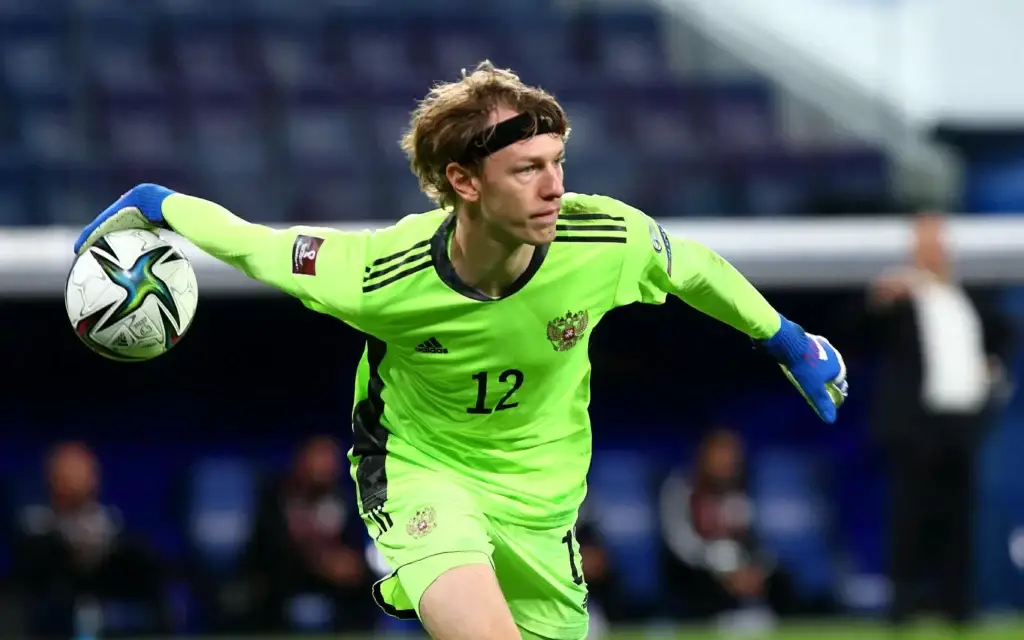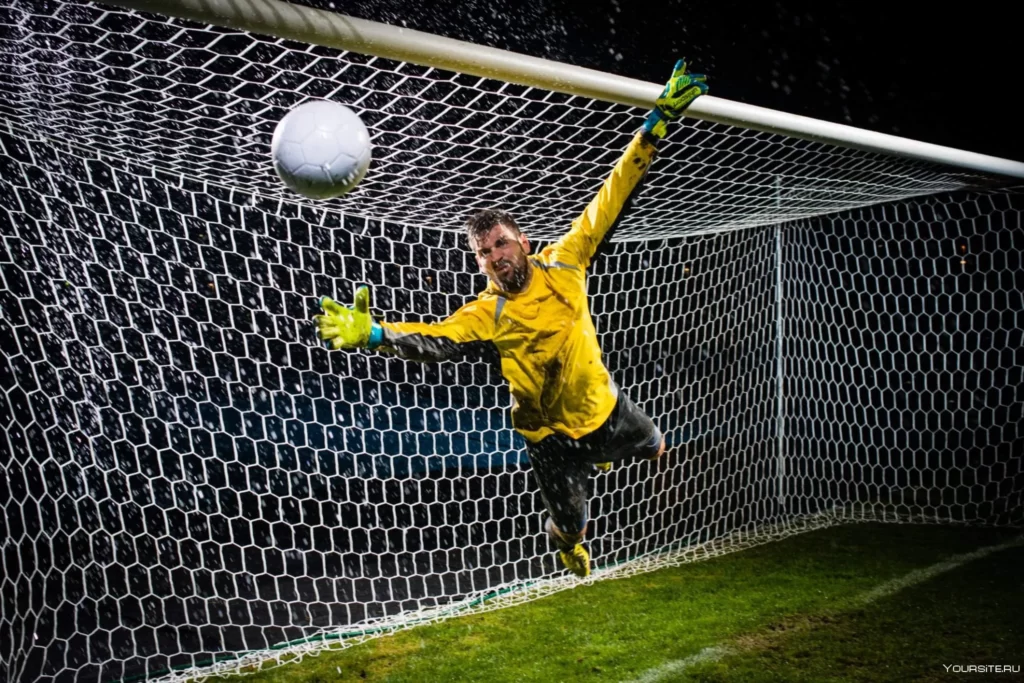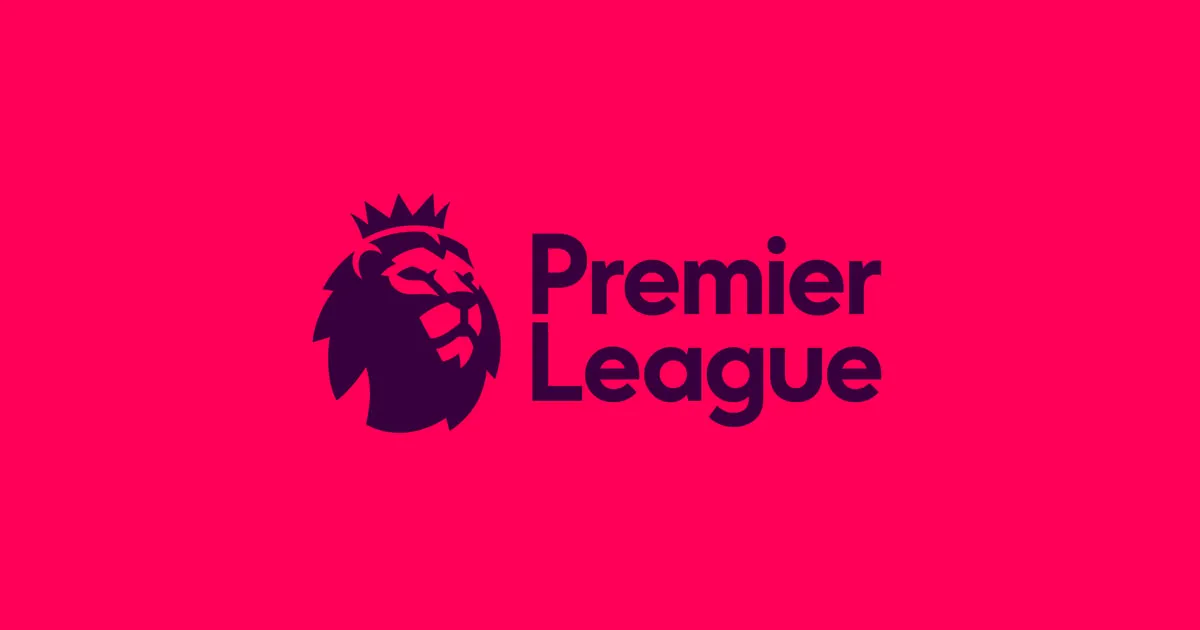During a football match, the entire stadium freezes, waiting for the goalkeeper to decide the fate of the next penalty. Not only forwards become legends, but also those who protect the goal – they are always on the verge of glory and defeat. Each of them bears a huge responsibility. Great goalkeepers literally changed the course of matches, and sometimes – the entire history of football.
The history of the development of goalkeeping skills
Since the birth of football, the role of the goalkeeper has undergone significant changes: from passive observers to athletes capable of deciding the outcome of matches. The appearance of gloves at the beginning of the 20th century was the first step in the transformation of this position. With the development of the sports discipline, the requirements for goalkeepers constantly increased, and by the middle of the century, the goalkeeper position became one of the most difficult and important on the field.

The evolution of goalkeeping skills continued, and in the 20th century, real legends appeared who brought this position to a new level. Take Gordon Banks, for example: his famous save from Pele in 1970 became a symbol of skill and dedication. Later, thanks to the development of training methods and new technologies, goalkeepers began to actively develop their footwork skills, which led to the emergence of modern styles, such as Manuel Neuer.
The best goalkeepers of all time
There are many world-famous players. Let’s talk about legendary goalkeepers who changed the history of football.
Lev Yashin – the only “Golden Ball” among goalkeepers
Lev Yashin is the only goalkeeper to receive the “Golden Ball”. He changed the idea of the goalkeeper’s job, introducing elements of tactics, goalie pressure and team management from the field. His style became a model for subsequent generations, and his dedication to the game brought him the status of a legend.
Peter Shilton – a master of his craft
Despite the goal conceded by Diego Maradona in 1986, Peter Shilton was considered a true master of his craft. He played over 1,000 matches in his career, which is an impressive achievement for any goalkeeper. His ability to maintain concentration throughout the game made him an indispensable part of the team.
Manuel Neuer – a pioneer of the “sweeping goalkeeper” style
Modern stars also deserve a place among the best. Manuel Neuer, a true pioneer of the “sweeping goalkeeper” style, was able to revolutionize the approach to goal defense. In his performance, the goalkeeper position becomes aggressive, he acts almost like a defender, controlling the game far beyond his zone. Such behavior as Neuer has become a role model for many young players.
Dino Zoff – world champion at 40
Legendary goalkeepers set new standards of the game. One of them was Dino Zoff, who won the World Cup in 1982 at the age of 40, showing the world that age is just a number. His confidence and composure allowed Italy to go through the entire tournament almost flawlessly, and his ability to read the game and predict the actions of opponents became the standard of goalkeeping skills.
Gianluigi Buffon – a symbol of loyalty and perseverance
Gianluigi Buffon is another icon, famous for his loyalty and fidelity to the Juventus club. Buffon has been repeatedly recognized as the best goalkeeper in the world, and his style of play combines confidence, excellent reactions and incredible ability to lead the defense. This goalkeeper is a true symbol of stability and loyalty, his career serves as an example for everyone who wants to succeed in football.
Goalkeepers of the Russian national team: stars of domestic football
 Russian football also has some incredibly interesting goalkeepers whose style is unforgettable.
Russian football also has some incredibly interesting goalkeepers whose style is unforgettable.
Lev Yashin — “The Black Spider”
Lev is often called the “Black Spider” due to his ability to “catch” balls with incredible ease. He was a true innovator. His style of play included active participation in teamwork, which made him a legend not only in Russia but also around the world.
Igor Akinfeev — the hero of the 2018 World Cup
In modern Russian football, Igor Akinfeev has also earned the title of one of the best. He saved the team at key moments, including the famous match against Spain at the 2018 World Cup, where his incredible reaction in the penalty shootout helped the Russian team advance.
Each of the goalkeepers is a symbol of courage and determination. Their play has inspired generations of footballers and fans. They show that to succeed in football, you need not only skills, but also a strong character.
English Premier League Goalkeepers: The New Legends
When talking about legendary goalkeepers in football, it is impossible not to mention English players.
Petr Cech – a symbol of resilience
Petr Cech became a symbol of reliability, despite a serious head injury, he returned to the field and continued to demonstrate a high level of play. Cech held the record for the most clean sheets, which made him one of the icons of the Premier League.
David de Gea – a master of saves
David de Gea also deserves a mention for his incredible sense of position and the ability to make saves that often seemed impossible. His play for Manchester United has saved the team in difficult moments on more than one occasion, which has allowed him to become one of the most recognizable goalkeepers in the league.
Other famous goalkeepers
Oliver Kahn – the “Titan” of German football
The most famous goalkeepers have always stood out not only for their physical attributes, but also for their mental resilience. For example, Oliver Kahn, known for his strong character, often literally “pressed” his opponents with his confidence. He was nicknamed “The Titan” for his incredible willpower and uncompromising attitude on the pitch. Kahn became a symbol of German football, his performances inspired many young players.
Iker Casillas – the personification of calm and skill
Iker Casillas, on the other hand, became an example of a calm, but incredibly effective goalkeeper. His reactions and anticipation of the opponent’s actions allowed him to win many titles, including the World Cup and the Champions League. Casillas has always been distinguished by his tact and ability to motivate his team, which made him an essential element of success.

Conclusion
 Goalkeepers in soccer are the guards who ensure the safety of the team and sometimes become its leaders. During the existence of the sport, there have been many great players, each of whom has made a unique contribution to its development. Their skill, character and dedication serve as an example for all those who strive to become the best. And now the challenge for each new generation of goalkeepers is to preserve and enhance that legacy, continuing to inspire fans around the world.
Goalkeepers in soccer are the guards who ensure the safety of the team and sometimes become its leaders. During the existence of the sport, there have been many great players, each of whom has made a unique contribution to its development. Their skill, character and dedication serve as an example for all those who strive to become the best. And now the challenge for each new generation of goalkeepers is to preserve and enhance that legacy, continuing to inspire fans around the world.
 en
en  ru
ru  de
de  ar
ar  es
es  nl
nl  hi
hi  fr
fr  it
it  pt
pt  el
el 










